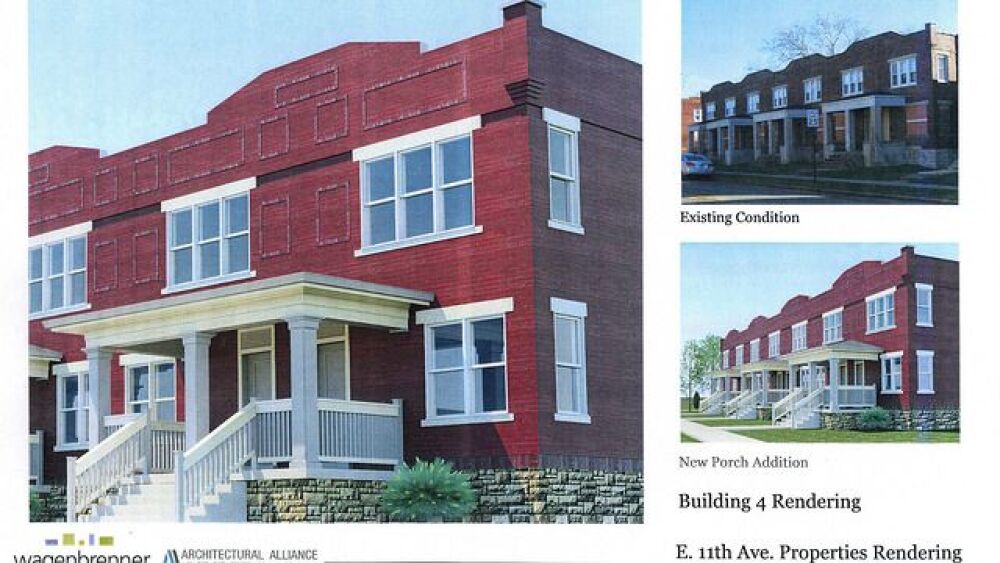COLUMBUS, OHIO -- Weinland Park was a neighborhood with two-thirds of its residents living in poverty and an estimated 20 percent of its housing stock vacant in the early 2000s, according to the Initiative for a Competitive Inner City (ICIC). Planners from the city and Ohio State University decided that civic groups would be included in the planning process to ensure that gentrification would not preclude existing residents.
The Weinland Park Collaborative (WPC) formed in 2008 and began its work by focusing on the conditions of the local housing stock, one of the most affordable sections in the city. These were the steps they took to successfully manage redevelopment of a distressed urban neighborhood.
First, WPC acquired some Section 8 housing and transformed it into mixed-income housing, including transformation of 23 abandoned buildings into a mix of market-rate and affordable units.
Second, WPC also rehabbed existing homes and filled vacant properties:
- Low-income homeowners could apply for up to $25,000 to renovate their properties.
- Employees of Ohio State University were eligible for down-payment assistance in the neighborhood.
- Partners collaborated to acquire dozens of dilapidated properties to preserve them as affordable housing.
Third, WPC spearheaded a public-private partnership that leveraged $11 million in public money to address the former Columbus Coated Fabrics property, a contaminated brownfields site once a target for arson and graffiti, and turn it into affordable housing. A developer has agreed to build 40 new rent-to-own units. Leases of $447 to $690 per month will help low-income residents become homeowners.
These carefully managed gentrification measures have improved the area, attracted new residents and helped existing residents stay.
Reducing Gentrification Tensions
With existing housing stock improved, private developers are starting to build new market-rate housing selling for a median price of $305,000.
Key to preventing tensions is that the market-rate units are of a design characteristic to Weinland Park. The intention is to make them comparable in likeness and quality to the neighborhood’s subsidized units.
A report by the Greater Ohio Policy Center found that WPC’s comprehensive approach created a demographic balance and reduced the negative impacts of gentrification:
Weinland Park lays the groundwork for an economically diverse community, rather than a predominantly high-income community. Weinland Park also has a higher percentage of subsidized housing than most healthy neighborhoods, ensuring a level of affordability for several decades.”
Learn more by downloading Achieving Healthy Neighborhoods by Weinland Park Community Civic Association:











